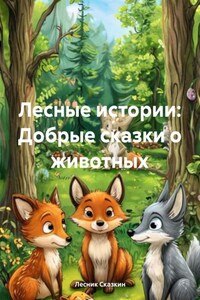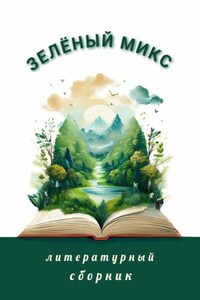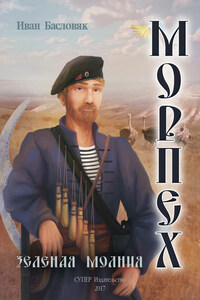For thousands of years, living things were divided into just two separate kingdoms: plants and animals. Fungi, the scientific term for the group of organisms that includes edible mushrooms, were placed in the plant kingdom.
Plants like this foxglove are autotrophic â they make their own food (initially sugars) using sunlight as an energy source. Plants are composed of cells that have rigid walls made of cellulose.
Like plants, fungi are ârootedâ in places and they reproduce by spores that are comparable to those produced by ferns and mosses. Because fungi lack leaves (and so, unlike green plants, cannot manufacture carbohydrates using energy from sunlight), they were considered to be unusual plants.
Around 300 years ago it was proposed that, as fungi differed considerably from plants and animals, they should be placed in their own kingdom. However, it was not until the latter part of the 20th century that scientists fully embraced the idea of a separate fungal kingdom. Much of the media and general public still consider mushrooms to be plants, and mycologists (people who study fungi) mostly work in botanical gardens, university botany departments, or with forestry or agricultural institutes â hence the plant link remains.
must know
Animals are heterotrophic which means that they require a food source, which they ingest and digest internally. Animal cells lack the rigid wall that plant cells have.
Fungi are also heterotrophic, but they digest and absorb their nutrients from external food sources, through tube-like threads called hyphae.
Within the fungal kingdom are thousands of visually insignificant species known as the microfungi. These include moulds, mildews and rusts. In contrast, the macrofungi produce their spores in a complex fruit body that is readily visible to the naked eye. A mushroom is a macrofungus whose large fruit body is collected and eaten.
âMushroomâ is a word with at least three different meanings. As used in the title of the Collins Gem Guide to Mushrooms, it embraces the macrofungi, including edible, inedible and poisonous species. The term mushroom is also used to refer solely to edible species such as the Parasol Mushroom, the remaining non-edible species (especially the poisonous ones) being called toadstools. Finally, mycologists reserve the word mushroom for a limited number of species such as the Field Mushroom and the Cultivated Mushroom, which belong to a small group of fungi in the genus Agaricus. As we shall see, some species of Agaricus are mildly toxic; to the mycologist these are poisonous mushrooms! In this book it is assumed that mushroom hunters will be looking for edible species (not all of which are in the genus Agaricus) but will also encounter other fungi. This is why the book includes a final section on poisonous species.
Branched Oyster Mushrooms ready for cleaning and cooking.
Agaricus campestris â the edible and well-known Field Mushroom.
1 Getting started
You donât need to be a scientist to be interested in mushrooms. More importantly, it isnât necessary to drive into the countryside to find them â gardens, parks and playing fields all play host to a wide range of fungus species. For those intending to consume some of their finds, caution is the watchword, summed up in the saying: âThere are lots of bold mushroom hunters, but not many old, bold mushroom huntersâ.








